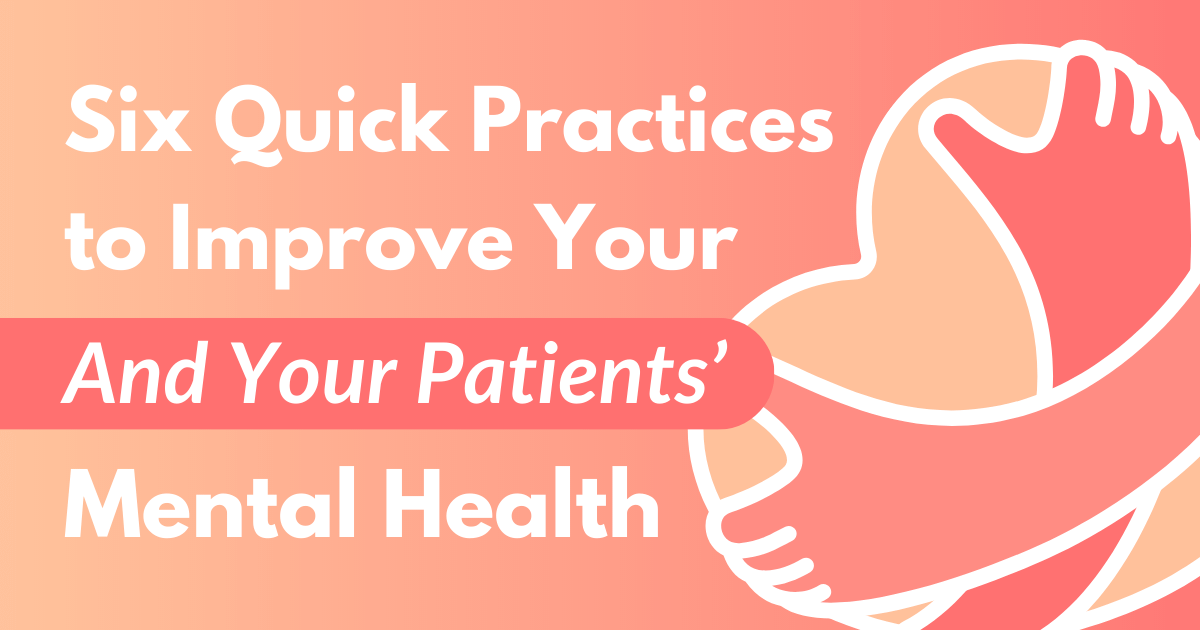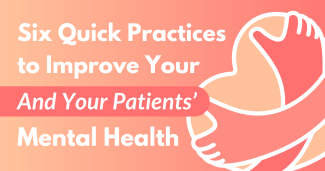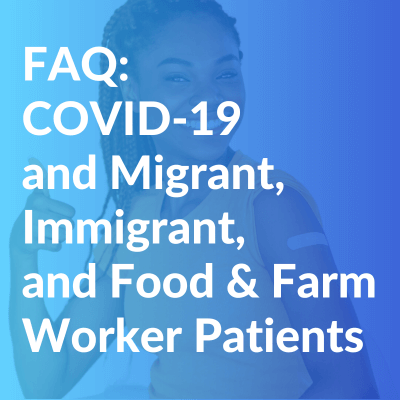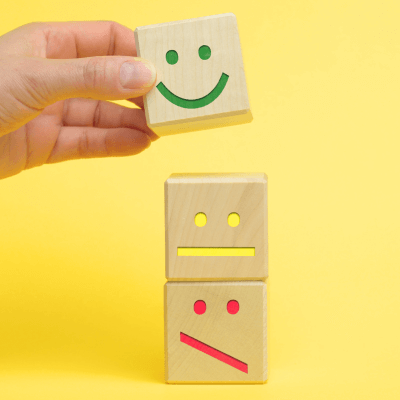Six Quick Practices to Improve Your (And Your Patients’) Mental Health

[Editor’s Note: Here on our blog, MCN’s Director of Witness to Witness, Kaethe Weingarten, PhD, shares stories, resources, and helpful tips to support health care workers through the many stressors of their daily lives. Dr. Weingarten also offers a newsletter (called the W2W Update), filled with resources, recent articles, and her news and views.]
In an extraordinary collaborative research effort supported by the World Health Organization’s World Mental Health Survey Initiative, researchers in 29 countries conducted 150,000 face-to-face interviews between 2001 and 2022 to arrive at a stunning conclusion: half of the world’s population will develop a mental health disorder by age 75. Two major findings stand out. While depression and anxiety were the most common disorders, these varied by sex. The two most prevalent disorders were alcohol use disorder and major depressive disorder for male respondents and major depressive disorder and specific phobia for female respondents. Also, the majority of these disorders began early in life, by age 20 for both men and women.
It is difficult to imagine the kinds of public health initiatives that can be responsive to this astounding and alarming information, especially with the data point indicating the importance of early intervention. At the Witness to Witness Program at Migrant Clinicians Network, we support a variety of activities that clinicians can use with their patients, many of whom have no access to mental health services from trained professionals. Our recommendations are predicated on several beliefs we hold. First, small changes are not the same as trivial ones. Sometimes a small shift is sufficient to trigger a big difference. Thus, making a small change is worth the effort it takes. Second, finding one person you trust to enter into a “buddy” relationship can be helpful. For many people knowing you can tell someone on a regular basis what troubles you is in and of itself comforting. When we share what burdens us, it lightens our load. However, by sharing we do not mean taking the other person’s burden on as our own. Our third belief is that there is a way of practicing empathy that is helpful and a way of practicing empathy that can be troublesome. Our third suggestion is not to follow the adage, “To truly understand another person, walk in their shoes for a mile,” but rather to imagine what the other person’s journey is like when they walk a mile. Taking on – even in our imagination -- the struggles of others can be exhausting. Being a good listener doesn’t mean we enter into the other’s experience. It means we respond open-heartedly to what they want us to understand without feeling it ourselves.
In addition to those three beliefs, we recommend several practices that support well-being, none of which takes time.
- Expressing gratitude. Research into the associations between gratitude and well-being has been undertaken for the last 20 years. By gratitude, researchers generally mean an appreciation for what is significant and valuable to oneself. There are many ways that people can express gratitude on a daily basis, from simply noting what they are grateful for at the end of the day, to writing down three things for which they are grateful for, to saying thank you to others in a sincere manner, to letting another person know that you are grateful to them. Any of these methods, practiced daily, has been shown to elevate people’s sense of well-being.
- Practicing self-compassion. We all can get down on ourselves when we fail to meet our own or others’ expectations. Recognizing our faults and limitations is a sign of maturity, but so is being able to improve without being unduly harsh in the process. The ability to relate to ourselves with kindness, forgiveness, and acceptance when we have disappointed ourselves represents self-compassion. It is like being our own best friend when the going gets tough. Kristin Neff, PhD introduced this concept about twenty years ago and her website provides many interesting articles about it, including self-assessment tools that are available in multiple languages. I recently suggested to a grandchild of mine that they might want to practice one self-compassion sentence a week and see if it was helpful to them.
- Using breathing techniques that restore calm to the body/mind. In an intriguing study, researchers at Stanford found that just five minutes a day of “cyclic sighing” had greater benefits in improving positive feelings and lowering anxiety than 20 to 30 minutes of daily meditation. The technique is easy to learn and practice, relying on slow exhalation. There are short videos that explain the technique here and here.
- Experiencing moments of appreciation. There is a body of research on how people experience what is meaningful about their lives. Generally, three components have been identified: existential mattering, purpose in life, and a sense of coherence. However, newer research also considers that when people have even just moments of appreciation in the course of a day, these moments can produce feelings of well-being. Richard Sima, PhD is a neuroscientist who has become a science journalist. He has coined the term “joy snacks” or “joy snacking” to convey the idea that registering moments of delight that occur throughout the day can create a sense of well-being and sustain the feeling that life is meaningful. I have a ritual I do every morning when I make coffee and it gives me pleasure – yes, joy – to grind my beans for exactly 20 seconds and pour them into the funnel before adding the water. I savor those 3 minutes of my morning even before I take my first sip of hot coffee. That joy snack is always a happy start to my day.
Another term for these moments of appreciation is “glimmers.” The concept of glimmers was introduced by Deb Dana, LCSW to contrast with the idea of an emotional trigger. Whereas a trigger activates our nervous system into a fight/flight response pattern, noticing a glimmer – a moment that sparks a sense of happiness or well-being – can calm our nervous systems.
Whether we call these moments of appreciation joy snacking or glimmers, they have a positive impact on our mood. For some people, these moments may be far and few between; for others, a day is chock full of these moments of appreciation. Any of us can decide to increase the numbers of glimmers or joy snacks we have in a day. In the same way we increase our exercise capacity, we can build up our appreciation of moments. Doing so will make life more meaningful and enjoyable.
- Experiencing awe. While joy snacking and glimmers refer to everyday moments, awe refers to moments of “perceived vastness,” as well as experiences that make us re-think our fixed ideas. Dacher Keltner, PhD is a psychologist at the University of California, Berkeley, who has written a book, Awe: The New Science of Everyday Wonder and How It Can Transform Your Life. Drawing on decades of research, he writes that awe has huge health benefits which, like glimmers, can calm our nervous systems and can even release oxytocin, the hormone that promotes trust. Awe also stimulates the vagal nerve, a cluster of neurons in the spinal cord that slows our heart rate and deepens breathing. Experiencing awe also does something quite significant. It seems to quiet the negative self-talk that so many people suffer with, making it easier to use some of the self-compassion techniques developed by Dr. Neff. Many people teach how to experience moments of awe. Dr. Keltner has a host of suggestions, including noticing other people’s goodness and watching videos of inspiring people. The beloved meditation teacher, Sharon Salzberg, writes about the importance of cultivating moments of awe and points to mindfulness as a useful precondition, since distractibility can interfere with noticing moments that would produce awe were we tuned in and paying attention. Awe enhances our well-being with no cost, no fuss.
- Petting your dog or someone else’s dog. While some of the methods above may seem heady and abstract, here is one that couldn’t be more down to earth, maybe, even, I might say, at ground level. Petting a dog, even someone else’s dog, can boost your health! After just a few minutes of petting a dog, stress hormones decrease and oxytocin increases. For those empathic souls, they will also get a boost from knowing they are also increasing the dog’s oxytocin levels! What a simple and fun way to feel better.
These six practices are easy to do, take little time and are self-reinforcing. The more we do them, the better we feel and thus the more likely we are to do them again. For clinicians, none of these practices take a long time to explain to patients, for whom recommending therapy may be a non-starter. Most people want to feel good; they want to cultivate a sense of well-being. These six practices are a good way to start.
Clinicians themselves can benefit from these six practices. Research on health care workers about the impact of the pandemic on their mental health reported a decline in mental health, including in measures of exhaustion. In one randomized, control study, an app-based exercise program was used over a 12-week period and although depression scores decreased significantly in the control vs the wait-list group, adherence to the program declined to 23% by the end of the study period. While clinicians know how important exercise is, it remains difficult to sustain at home on your own. For those days when physical exercise feels overwhelming, these six exercises can provide immediate, self-reinforcing benefits, boosting your mood and reducing your stress levels. With that improved state of mind, physical exercise, along with other health-promoting activities, may feel more in reach. We would love to hear from you about whether we are right!
- Log in to post comments






